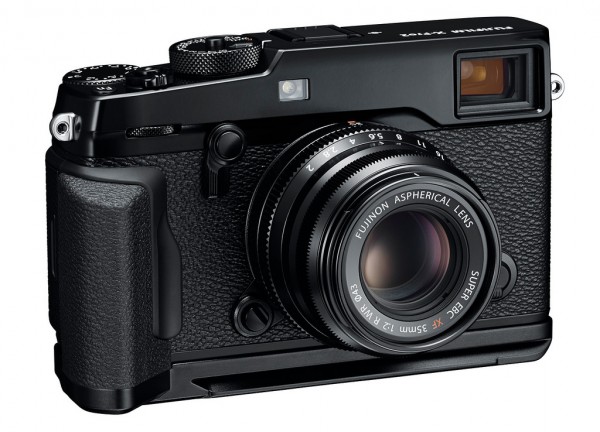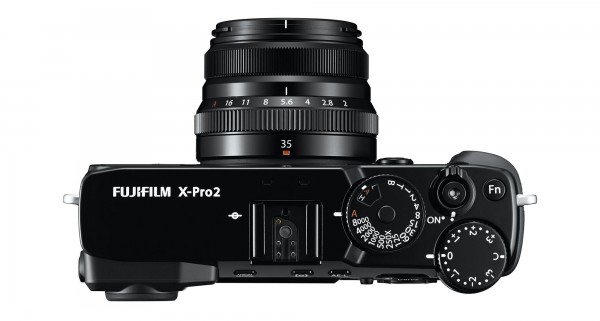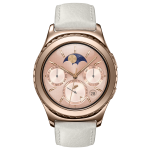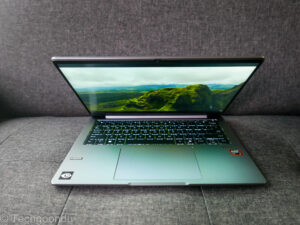
It has been some time since Fujifilm, on the back of the success of the X100 professional compact camera, launched its first APS-C X-Tran sensor mirrorless system. The X-Pro1 did the unthinkable then, marrying the workings of a rangefinder camera with modern photography technology.
Unlike the X100, it took some ingenuity to apply different lenses with different focal lengths to work with the viewfinder.
Launched in Singapore two weeks ago, the successor X-Pro2 comes highly anticipated. And for good reason, because the improvements are quite significant both in terms of user interface and in-camera features.
The camera sensor gets boosted with a megapixel count of 24.3MP, up from the 16.3MP of the predecessor. It also promises faster operation with a new processor. The auto-focus system has been upgraded to 77 AF points, up from the previous 49, that work in sync with the new processor to achieve a much faster AF lock on.
What got me most interested was the increase of in-camera post processing to derive colour characteristics of various film used when I started photography.
Think of this as Instagram filters on steroids. On top of the often used Velvia, Chrome and Astia modes, the introduction of the Acros mode gives another creative outlet when it comes to shooting monochrome images.

The controls are impressive too. Those who have old cameras would definitely find joy in how Fujifilm incorporates the user interface found on older film cameras.
The X-Pro2 now has a Dual-Functional Dial that is both a ISO dial and Shutter speed selector much like my old Nikon FM.
You have to pull the dial, then turn it to choose your ISO. This would be fine for those who don’t meddle with the ISO speed that much. The other welcome change is the inclusion of the diopter, something that spectacle wearers appreciate.
The X-Pro2 has also earned its ‘Pro’ moniker by having two SD card slots and a magnesium body like most professional level cameras.
What’s included is a front dial to set intermediate shutter speeds in Program, Manual or Shutter priority modes. Whether it can be used to set the aperture with lenses that do not come with the aperture ring remains to be seen, however.
The shutter speed of the X-Pro 2 can now go up to 1/32000 of a second, useful when you want to open your lenses to f1.8 and below to get that creamy bokeh on a bright day.
Flash sync speed has also improved to 1/250 of a second when using with a flash system and that helps with “freezing” the subject.


What I like most about rangefinder-style cameras such as the X-Pro2 is that all the dials and buttons are situated on the right side of the camera so I can change all the settings with my right hand.
Unlike Fujifilm’s previous X-T1 and X-T10 where the dials are split up because the viewfinder is placed in the middle of the top plate like a DSLR, the X-Pro2 helps me get all the settings done very quickly. Well, except when I have to unlock the dial.
I also find keeping the Rangefinder cameras in my bag a bit easier because of its oblong shape and smaller size afforded by the lack of mirror box. Why have the hump when there’s no mirror box in the first place?
There’s one thing to note about the viewfinder though. If you are using old manual-focus lenses via an adapter, you will need to use the electronic viewfinder on the X-Pro2 to focus. That’s because the optical viewfinder can’t help you focus.
Big or long lenses also would force you to use the electronic viewfinger. That’s because these lenses, such as Fujifilm’s new 100-400mm f4.5-5.6 lens could block the view of the optical viewfinder.
If the optical viewfinder is something you don’t use much, it may be worth your time to wait for a camera with only an electronic viewfinder.
After all, the hefty S$2,799 that Fujifilm is asking for the X-Pro2 (body only) includes the cost of the optical viewfinder.
The X-E2S from the same company, going for S$1,699 from next month, could be a better deal for some users who needs the EVF more.






